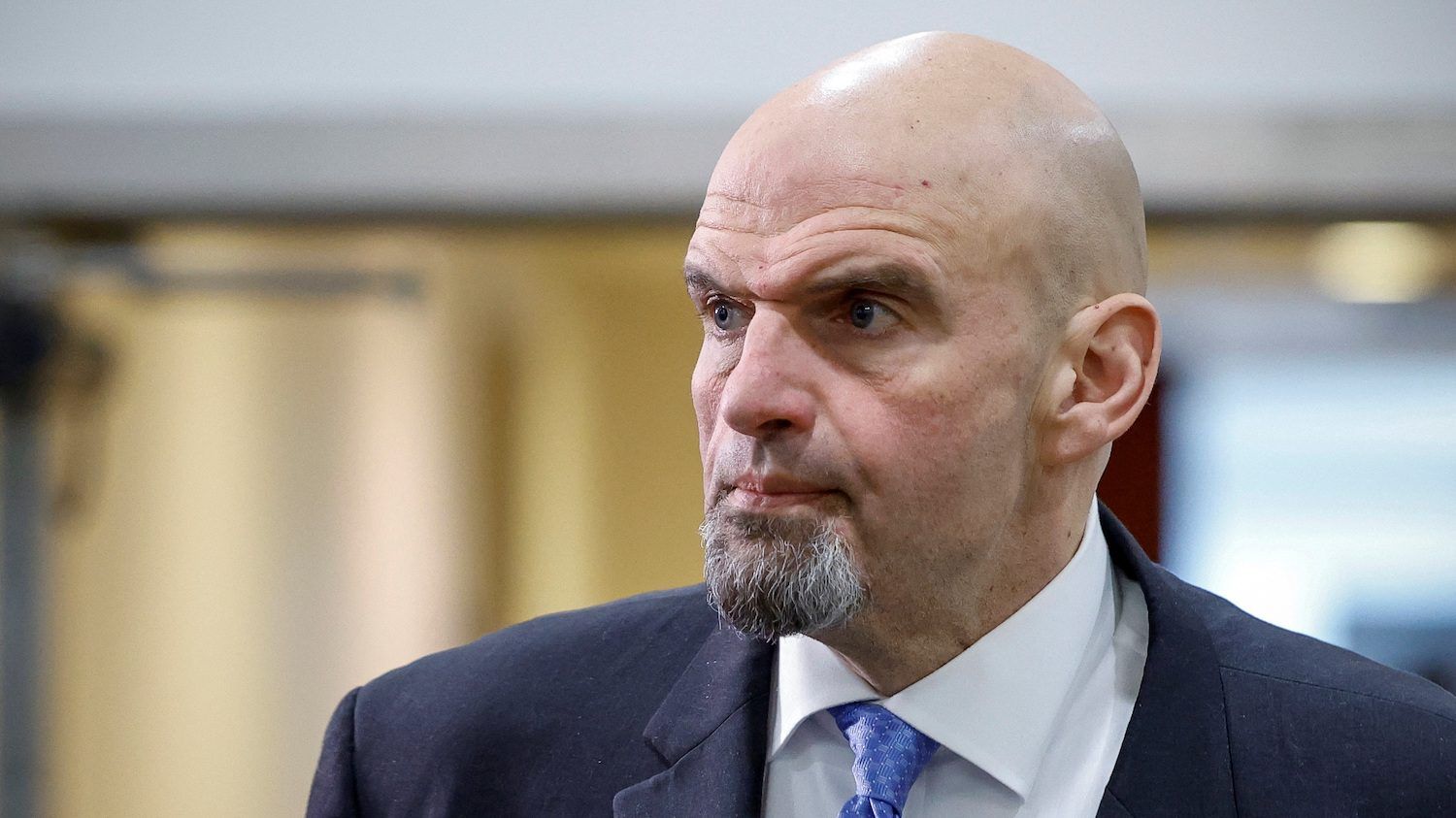after stroke, 1 in 3 at risk of developing dementia within five years
a statement from the american heart association is calling for early screening of people who have experienced a stroke to identify cognitive impairment.
depression after stroke requires professional help, health group says
u.s. senator john fetterman's stroke and subsequent treatment for depression has experts speaking up about the connection between stroke and mental health.
stroke recovery and post-stroke spasticity: what it feels like
"i've read a great deal about neuroplasticity and i believe it is possible to retrain your brain," says susan brown, who had a stroke in 2020.
 8 minute read
8 minute read




















